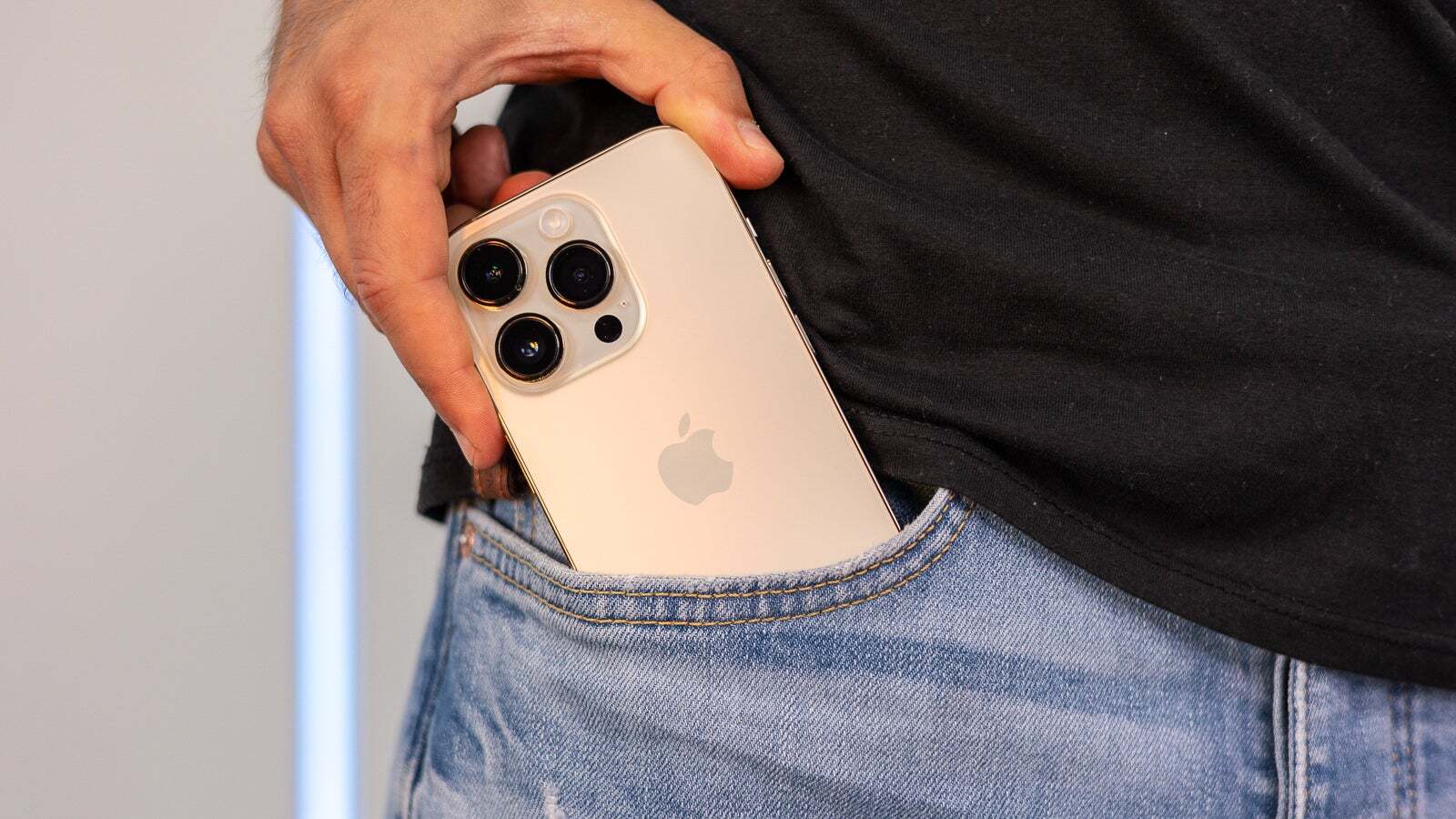Amrani told the Financial Times that the process was quick, organized, and seemed “kind of targeted”. In London, law enforcement estimates phone theft is a huge criminal activity, a £50 ($63.5 million) annual criminal industry. Similar estimates have been reported in Paris, France, and in New York.
Now, back to the building in question. Reportedly, the fourth floor of the Feiyang building specializes in selling second-hand iPhones from Western countries. Yep, not all of these are stolen; some are legitimate phones that were traded in. However, traders have allegedly admitted that even remotely locked phones have their “market price.”
According to the FT investigation, Hong Kong is considered a critical intermediary in this supply chain. And more specifically, an industrial building at 1 Hung To Road in Kwun Tong is said to house hundreds of wholesalers advertising iPhones that are labeled “iCloud locked”. Various messaging platforms allow the sellers to advertise those.

Be careful when using your iPhone in a crowded place. | Image Credit – PhoneArena
A Shenzhen-based seller that was visiting Hong Kong explained that the passcode-locked iPhones were probably stolen or snatched from users in the United States. These are, according to the seller’s words, then sold to Hong Kong and then on to other countries, including countries in the Middle East.
Basically, the Huaqiangbei building is especially valuable as there, thieves can find buyers for every iPhone component. This includes phone screens, circuit boards, and chips. Of course, if the iPhone is locked, it’s impossible to use as a regular phone, but it can be taken apart and still be profitable for thieves if its parts get sold.
Meanwhile, there are many theft victims who receive messages from people in Shenzhen, trying to urge them to remove the affected iPhone from Find My. Usually, when you put your iPhone in Lost Mode, a contact number for anybody finding the iPhone can be added, so it seems this is the main way these people find contact information.
Understandably, they can use all sorts of scammy techniques to get the theft victim to remove the iPhone from Find My. If they manage to convince the user to do that, this would significantly increase the value of the stolen iPhone (as it could be sold as a functioning device, not for parts).
According to the Financial Times report, this criminal network takes advantage of Hong Kong’s status as a free trade port. As such, there are no import taxes, which means traders can move stolen devices into mainland China and avoid electronics tariffs.
Meanwhile, the Hong Kong police has told the Financial Times that it will take action when necessary to respond to specific occurrences in accordance with the law.
For any person who’d like to protect their iPhone from getting stolen and ending up in the “stolen iPhone building”, here’s some basic guidance. First off, avoid using your iPhone in crowded places where it can easily get snatched (this includes not having your iPhone in your back pocket at the subway). Always be aware of your surroundings when outside and using your iPhone, especially if it’s brand new.
If, after all, your iPhone ends up falling prey to a sneaky thief, don’t remove it from Find My following dubious requests for you to do so. At least, the thief shouldn’t be able to sell it as a functioning iPhone. Here’s more information on how to protect your iPhone from thieves and scammers.

